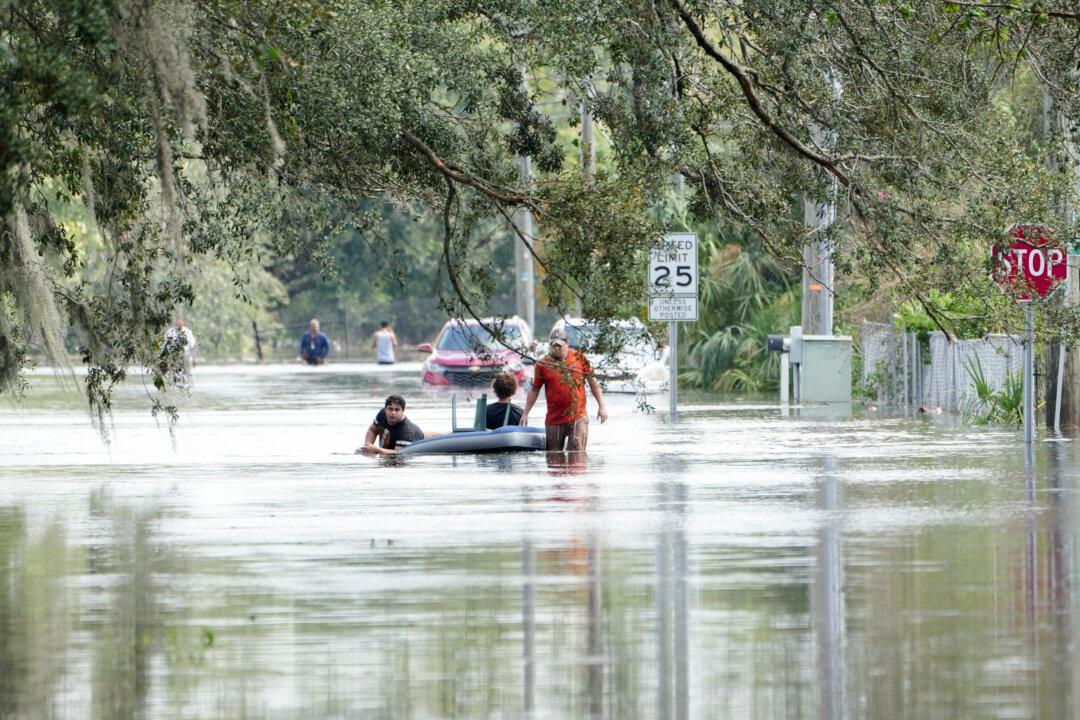TAMPA, Fla.—After more than a week of watching, worrying, and speculating, Floridians came face to face with Hurricane Milton.
There was damage in Milton’s wake, as well as tragedies. At least 10 people lost their lives because of the storm.

TAMPA, Fla.—After more than a week of watching, worrying, and speculating, Floridians came face to face with Hurricane Milton.
There was damage in Milton’s wake, as well as tragedies. At least 10 people lost their lives because of the storm.